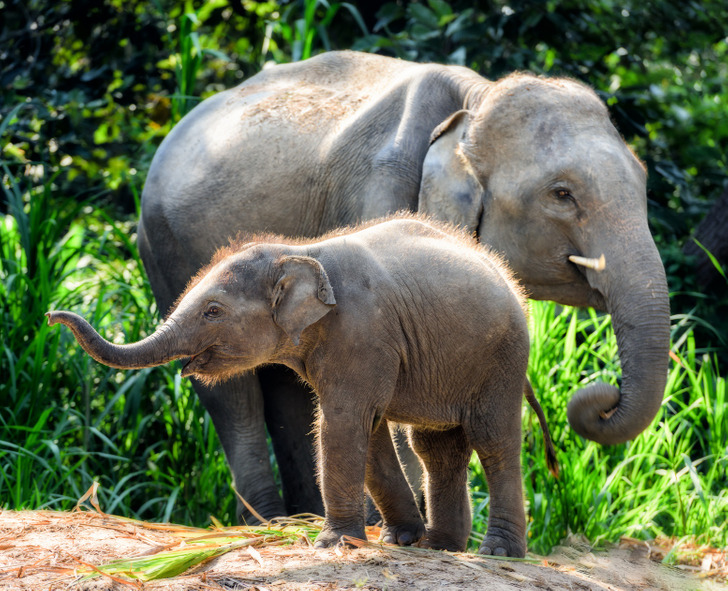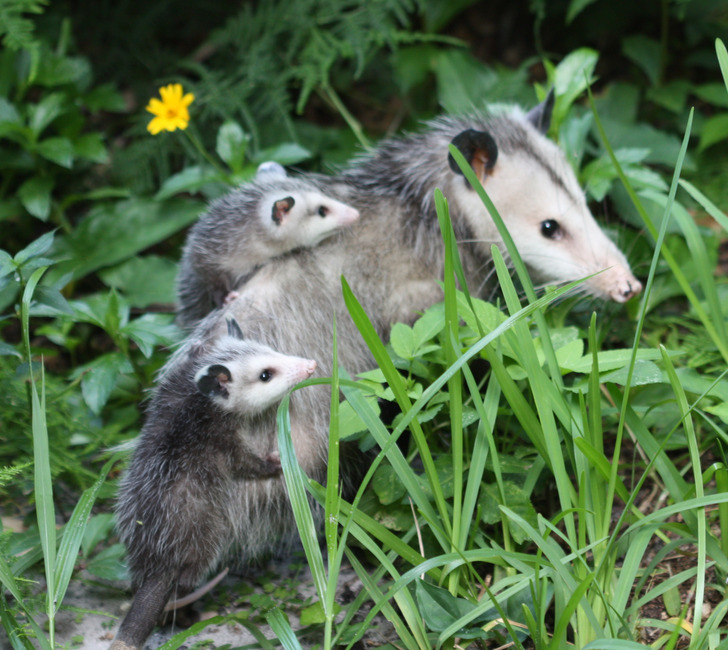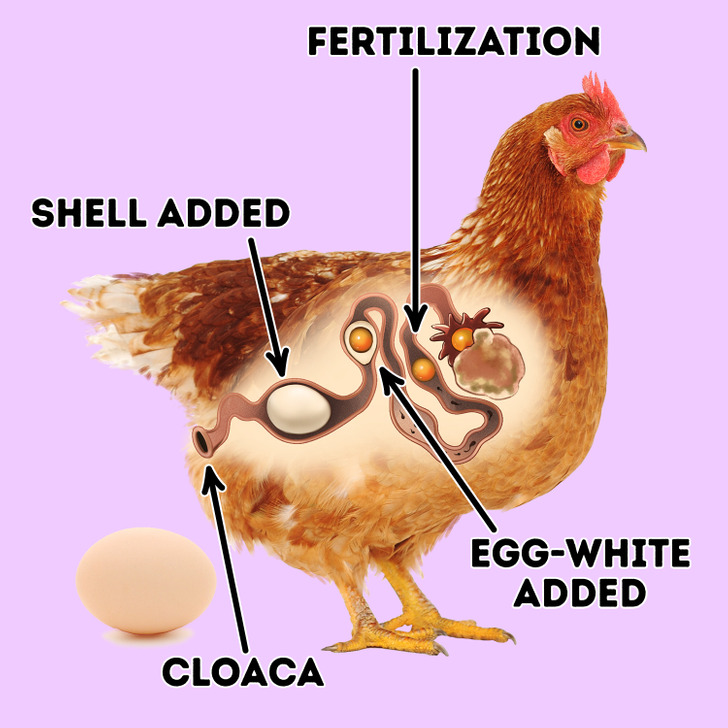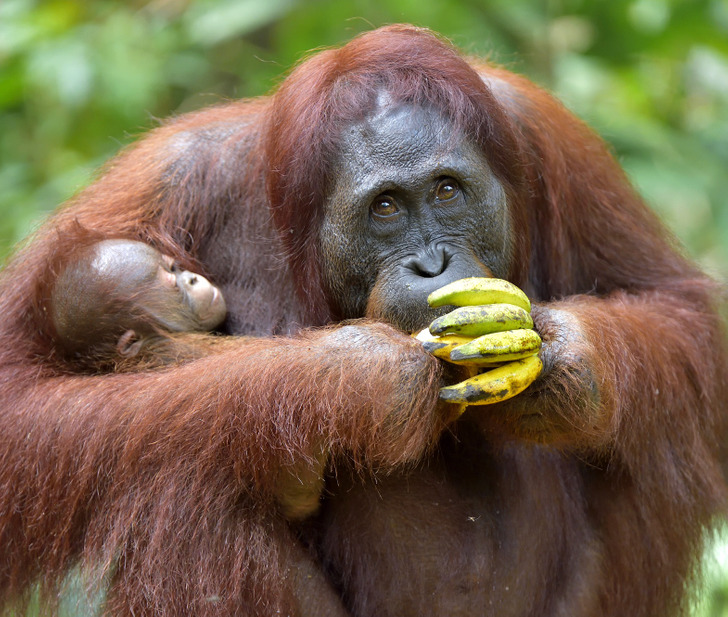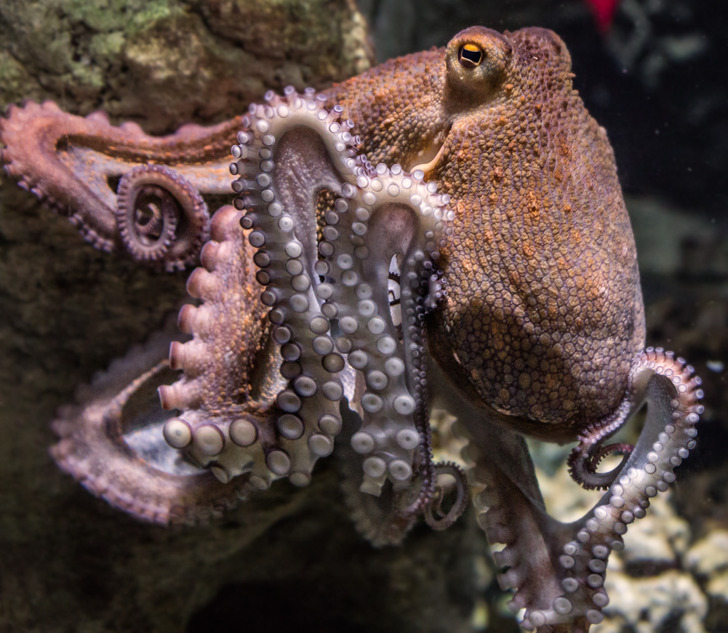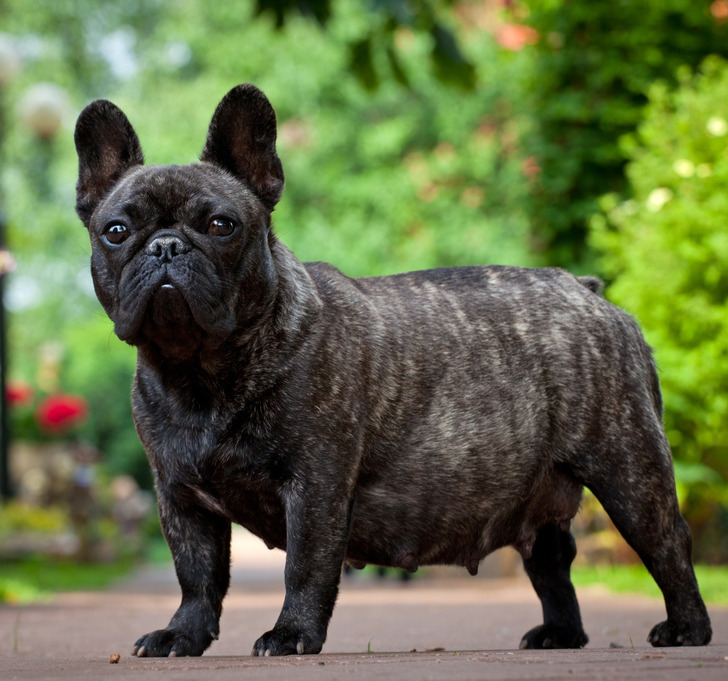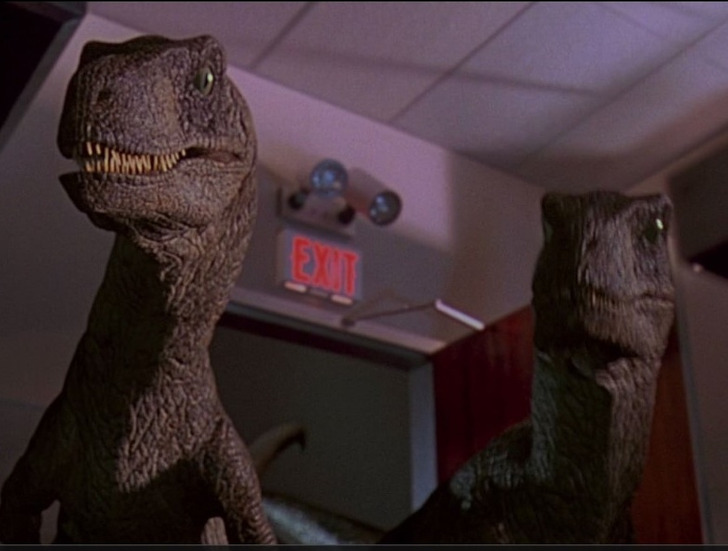8 Facts About Animal Reproduction That It’s Time We Find Out
The variety of animal species translates into a diverse number of reproductive processes. Reproductive features of different species can dramatically differ from each other. Pregnancies that last for years and pregnancies that are 2 weeks long are equally possible in the animal kingdom. The ways of courtship can even surprise us with their rituals, dances, and sounds.
5-Minute Crafts gathered curious facts about animal reproductive systems that are innocent enough for a child to learn.
1. The Indian elephant has the longest pregnancy among mammals.
Elephants are the world’s biggest land animals. They can surprise us not only by their outstanding size and weight, but with their pregnancy terms. They have the longest gestation period among mammals: the fetus grows inside the womb for 22 months.
Scientists assume that a long pregnancy makes full-fledged brain development more of a possibility. Elephants are born with the capability to survive in their environment and communicate with their kin.
2. The Virginian opossum has the shortest gestation period.
Virginia opossums are cat-sized mammals. Their pregnancy usually lasts 12-13 days. One litter may consist of up to 25 infants. They are born tiny, blind, and furless. They must crawl upward, grasping their mothers’ fur to reach her pouch. Here they eat and grow for the first 50-55 days. A short time after little ones leave the pouch, the female opossum breeds again.
3. Eggs are a part of a bird’s body.
Eggs are a part of a hen’s reproductive organs. When a bird reaches maturity, special hormones and lighting conditions launch the egg-laying process. At first, the yolk is released into the oviduct. If the mating process takes place, the egg is fertilized during its movement inside the oviduct.
During the journey inside the hen’s reproductive system, several layers are added to the yolk. The egg-white or the albumen is the first one. Next comes the shell membrane. It is a thin but strong film that has protective functions. The shell is the last layer to be added.
4. Mother orangutans can breastfeed babies for up to 8 years.
Researchers found that female orangutans are champ breastfeeders: they can nurse their infants for up to 8 years. It was discovered that orangutans’ bones and teeth contain barium if they are nurtured by their mother’s milk. The quantity of this element was measured in the layers of their teeth.
Scientists found that the level of barium decreased at the end of the first year of life since the primates started eating adult food. Nevertheless, several years later, it was still there. The outer layer of teeth of one almost 9-year-old individual still had barium inside.
5. Giraffes give birth standing up.
When baby giraffes come out of their mother’s womb, they simply fall around 2 meters or 6 and a half feet down to the ground. All giraffes are standing while giving birth, but the newborns are ready for this. All calves are able to stand and run within the first hour after birth. The female giraffes also choose particular “calving grounds” — comfortable areas for giving birth.
6. An octopus mother dies after her eggs hatch.
After laying eggs, the female octopus turns into a selfless guard defending them against every creature capable of eating them. Future mothers also make gentle motions to blow oxygenated water around the eggs. After hatching, the mother dies.
Sea biologists once had a rare opportunity to watch the female octopus protecting its eggs for 4 and a half years. The mother never left the spot and supposedly ate nothing the whole time.
7. The color intensity of blue-footed booby feet is a sign of reproductive fitness.
Male blue-footed boobies show off their feet to females during the courting ritual. They raise one leg and then the other one to catch their attention. Birds with bluer feet are more successful in mating than those with a duller color.
Scientists found that boobies with a better nutritive ratio have feet that are a more intense color. It was also proven that the healthiest chicks had fathers with dark blue feet.
8. Female dogs can experience a false pregnancy.
After the estrus cycle, the bodies of female dogs start producing hormones to maintain a pregnancy. This happens regardless of whether they are pregnant or not, even if they didn’t mate. That is why dogs can sometimes face pseudo-pregnancy. If the pregnancy doesn’t begin, the hormone level declines after 4-6 weeks.
Common false pregnancy signs include vomiting, lethargy, enlargement of mammary glands, nesting, restlessness, and mothering activity. Some dogs will try to protect toys or other objects as if they were puppies.
Bonus: Tortoise mating sounds were used to make movie special effects.
Our topic is connected with quite an amusing movie production story. It is not widely known that the dinosaur sounds in Jurassic Park were made from animal noise recordings.
The movie shows that velociraptors are intelligent enough to develop their own language. When raptors communicate with each other by barking, they utter the tortoise mating sounds. The reptiles gave the perfect original material for a sound designer because their mating ritual lasts so long, and plenty of sounds are produced.
